当前位置:网站首页>Mujoco second order simple pendulum modeling and control
Mujoco second order simple pendulum modeling and control
2022-07-07 00:28:00 【Feisy】
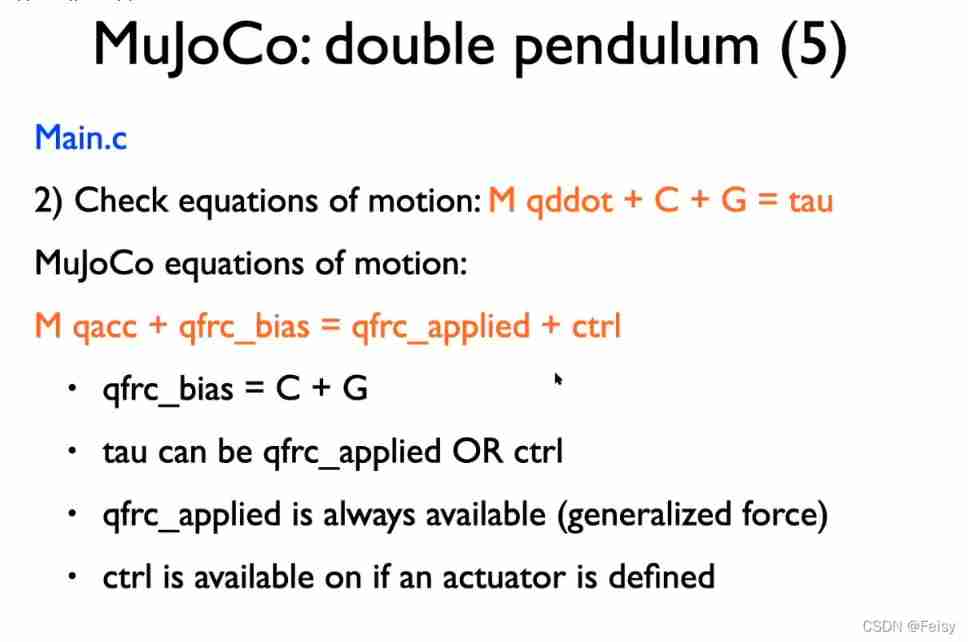
Model file :
<mujoco>
<option timestep="0.0001" integrator="RK4" >
<flag sensornoise="enable" energy="enable" contact="disable" />
</option>
<worldbody>
<light diffuse=".5 .5 .5" pos="0 0 3" dir="0 0 -1"/>
<geom type="plane" size="1 1 0.1" rgba=".9 0 0 1"/>
<body pos="0 0 2.5" euler="0 5 0">
<joint name="pin" type="hinge" axis = "0 -1 0" pos="0 0 -0.5"/>
<geom type="cylinder" size="0.05 0.5" rgba="0 .9 0 1" mass="1"/>
<body pos="0 0.1 1" euler="0 0 0">
<joint name="pin2" type="hinge" axis = "0 -1 0" pos="0 0 -0.5"/>
<geom type="cylinder" size="0.05 0.5" rgba="0 0 .9 1" mass="1"/>
</body>
</body>
</worldbody>
</mujoco>
Control implementation
The core formula :M*qacc + qfrc_bias = qfrc_applied + ctrl
M: Inertia matrix
qacc: The acceleration
qfrc_bias : The sum of Coriolis matrix and gravity matrix :qfrc_bias =C+G
qfrc_applied : Guangyili
ctrl: Other control inputs , It can be motor torque
Test preparation :
We will... Of the model file euler configure 0 5 0, In this way, without input , The model will swing because of gravity ,
It is a gradual decay process of a free double order simple pendulum .
There is exercise , We can see the effect of the algorithm by designing the controller
Version of a : Directly let the double Steady state input : No motor , Input =qfrc_applied
effect : Even if the model has angular deviation , But because of the input , Can be in a static state of equilibrium
double dense_M[nv*nv] = {
0};
mj_fullM(m,dense_M, d->qM);
double M[nv][nv]={
0};
M[0][0] = dense_M[0];
M[0][1] = dense_M[1];
M[1][0] = dense_M[2];
M[1][1] = dense_M[3];
// printf("%f %f \n",M[0][0],M[0][1]);
// printf("%f %f \n",M[1][0],M[1][1]);
// printf("******** \n");
double qddot[nv]={
0};
qddot[0]=d->qacc[0];
qddot[1]=d->qacc[1];
double f[nv]={
0};
f[0] = d->qfrc_bias[0];
f[1] = d->qfrc_bias[1];
double lhs[nv]={
0};
mju_mulMatVec(lhs,dense_M,qddot,2,2); //lhs = M*qddot
lhs[0] = lhs[0] + f[0]; //lhs = M*qddot + f
lhs[1] = lhs[1] + f[1];
d->qfrc_applied[0] = f[0];
d->qfrc_applied[1] = f[1];
Version 2 Proportional differential input tau=-Kp*(q-q_ref) - Kd*qdot
requirement 2 Joints are stabilized at a specified angle
//control
double Kp1 = 100, Kp2 = 100;
double Kv1 = 10, Kv2 = 10;
double qref1 = -0.5, qref2 = -1.6;// This is the angle required by the two joints
//PD control
d->qfrc_applied[0] = -Kp1*(d->qpos[0]-qref1)-Kv1*d->qvel[0];
d->qfrc_applied[1] = -Kp2*(d->qpos[1]-qref2)-Kv2*d->qvel[1];
Tests found , Finally, it stabilized -0.63,1.6 about , The difference value should be PD Steady state error
Mujoco Second order simple pendulum Kp kp control
Version 3 tau=coriolis + gravity + PD control
d->qfrc_applied[0] = f[0]-Kp1*(d->qpos[0]-qref1)-Kv1*d->qvel[0];
d->qfrc_applied[1] = f[1]-Kp2*(d->qpos[1]-qref2)-Kv2*d->qvel[1];
Mujoco Of gravity+coriolis+PD control
Version 4 Feedback linearization M*(-kp( … ) - kv(…) + f)
double tau[2]={0};
tau[0]=-Kp1*(d->qpos[0]-qref1)-Kv1*d->qvel[0];
tau[1]=-Kp2*(d->qpos[1]-qref2)-Kv2*d->qvel[1];
mju_mulMatVec(tau,dense_M,tau,2,2); //lhs = M*tau
tau[0] += f[0];
tau[1] += f[1];
d->qfrc_applied[0] = tau[0];
d->qfrc_applied[1] = tau[1];
Mujoco Feedback linearization
Complete code
#include<stdbool.h> //for bool
//#include<unistd.h> //for usleep
//#include <math.h>
#include "mujoco.h"
#include "glfw3.h"
#include "stdio.h"
#include "stdlib.h"
#include "string.h"
//simulation end time
double simend = 5;
//related to writing data to a file
FILE *fid;
int loop_index = 0;
const int data_frequency = 50; //frequency at which data is written to a file
char xmlpath[] = "../myproject/dbpendulum/doublependulum.xml";
char datapath[] = "../myproject/dbpendulum/data.csv";
//Change the path <template_writeData>
//Change the xml file
// char path[] = "../myproject/dbpendulum/";
// char xmlfile[] = "doublependulum.xml";
char datafile[] = "data.csv";
// MuJoCo data structures
mjModel* m = NULL; // MuJoCo model
mjData* d = NULL; // MuJoCo data
mjvCamera cam; // abstract camera
mjvOption opt; // visualization options
mjvScene scn; // abstract scene
mjrContext con; // custom GPU context
// mouse interaction
bool button_left = false;
bool button_middle = false;
bool button_right = false;
double lastx = 0;
double lasty = 0;
// holders of one step history of time and position to calculate dertivatives
mjtNum position_history = 0;
mjtNum previous_time = 0;
// controller related variables
float_t ctrl_update_freq = 100;
mjtNum last_update = 0.0;
mjtNum ctrl;
// keyboard callback
void keyboard(GLFWwindow* window, int key, int scancode, int act, int mods)
{
// backspace: reset simulation
if( act==GLFW_PRESS && key==GLFW_KEY_BACKSPACE )
{
mj_resetData(m, d);
mj_forward(m, d);
}
}
// mouse button callback
void mouse_button(GLFWwindow* window, int button, int act, int mods)
{
// update button state
button_left = (glfwGetMouseButton(window, GLFW_MOUSE_BUTTON_LEFT)==GLFW_PRESS);
button_middle = (glfwGetMouseButton(window, GLFW_MOUSE_BUTTON_MIDDLE)==GLFW_PRESS);
button_right = (glfwGetMouseButton(window, GLFW_MOUSE_BUTTON_RIGHT)==GLFW_PRESS);
// update mouse position
glfwGetCursorPos(window, &lastx, &lasty);
}
// mouse move callback
void mouse_move(GLFWwindow* window, double xpos, double ypos)
{
// no buttons down: nothing to do
if( !button_left && !button_middle && !button_right )
return;
// compute mouse displacement, save
double dx = xpos - lastx;
double dy = ypos - lasty;
lastx = xpos;
lasty = ypos;
// get current window size
int width, height;
glfwGetWindowSize(window, &width, &height);
// get shift key state
bool mod_shift = (glfwGetKey(window, GLFW_KEY_LEFT_SHIFT)==GLFW_PRESS ||
glfwGetKey(window, GLFW_KEY_RIGHT_SHIFT)==GLFW_PRESS);
// determine action based on mouse button
mjtMouse action;
if( button_right )
action = mod_shift ? mjMOUSE_MOVE_H : mjMOUSE_MOVE_V;
else if( button_left )
action = mod_shift ? mjMOUSE_ROTATE_H : mjMOUSE_ROTATE_V;
else
action = mjMOUSE_ZOOM;
// move camera
mjv_moveCamera(m, action, dx/height, dy/height, &scn, &cam);
}
// scroll callback
void scroll(GLFWwindow* window, double xoffset, double yoffset)
{
// emulate vertical mouse motion = 5% of window height
mjv_moveCamera(m, mjMOUSE_ZOOM, 0, -0.05*yoffset, &scn, &cam);
}
//****************************
//This function is called once and is used to get the headers
void init_save_data()
{
//write name of the variable here (header)
fprintf(fid,"t, ");
fprintf(fid,"PE, KE, TE, ");
fprintf(fid,"q1, q2, ");
//Don't remove the newline
fprintf(fid,"\n");
}
//***************************
//This function is called at a set frequency, put data here
void save_data(const mjModel* m, mjData* d)
{
//data here should correspond to headers in init_save_data()
//seperate data by a space %f followed by space
fprintf(fid,"%f, ",d->time);
fprintf(fid,"%f, %f, %f, ",d->energy[0],d->energy[1],d->energy[0]+d->energy[1]);
fprintf(fid,"%f, %f ",d->qpos[0],d->qpos[1]);
//Don't remove the newline
fprintf(fid,"\n");
}
//**************************
void mycontroller(const mjModel* m, mjData* d)
{
//write control here
mj_energyPos(m,d);
mj_energyVel(m,d);
//printf("%f %f %f %f \n",d->time,d->energy[0],d->energy[1],d->energy[0]+d->energy[1]);
//check equations
//M*qacc + qfrc_bias = qfrc_applied + ctrl
//M*qddot + f = qfrc_applied + ctrl
const int nv = 2;
double dense_M[nv*nv] = {0};
mj_fullM(m,dense_M, d->qM);
double M[nv][nv]={0};
M[0][0] = dense_M[0];
M[0][1] = dense_M[1];
M[1][0] = dense_M[2];
M[1][1] = dense_M[3];
// printf("%f %f \n",M[0][0],M[0][1]);
// printf("%f %f \n",M[1][0],M[1][1]);
// printf("******** \n");
double qddot[nv]={0};
qddot[0]=d->qacc[0];
qddot[1]=d->qacc[1];
double f[nv]={0};
f[0] = d->qfrc_bias[0];
f[1] = d->qfrc_bias[1];
double lhs[nv]={0};
mju_mulMatVec(lhs,dense_M,qddot,2,2); //lhs = M*qddot
lhs[0] = lhs[0] + f[0]; //lhs = M*qddot + f
lhs[1] = lhs[1] + f[1];
d->qfrc_applied[0] = 0.1*f[0];
d->qfrc_applied[1] = 0.5*f[1];
double rhs[nv]={0};
rhs[0] = d->qfrc_applied[0];
rhs[1] = d->qfrc_applied[1];
// printf("%f %f \n",lhs[0], rhs[0]);
// printf("%f %f \n",lhs[1], rhs[1]);
// printf("******\n");
//control
double Kp1 = 100, Kp2 = 100;
double Kv1 = 10, Kv2 = 10;
double qref1 = -0.5, qref2 = -1.6;
//PD control
// d->qfrc_applied[0] = -Kp1*(d->qpos[0]-qref1)-Kv1*d->qvel[0];
// d->qfrc_applied[1] = -Kp2*(d->qpos[1]-qref2)-Kv2*d->qvel[1];
//coriolis + gravity + PD control
// d->qfrc_applied[0] = f[0]-Kp1*(d->qpos[0]-qref1)-Kv1*d->qvel[0];
// d->qfrc_applied[1] = f[1]-Kp2*(d->qpos[1]-qref2)-Kv2*d->qvel[1];
//Feedback linearization
//M*(-kp( ... ) - kv(...) + f)
double tau[2]={0};
tau[0]=-Kp1*(d->qpos[0]-qref1)-Kv1*d->qvel[0];
tau[1]=-Kp2*(d->qpos[1]-qref2)-Kv2*d->qvel[1];
mju_mulMatVec(tau,dense_M,tau,2,2); //lhs = M*tau
tau[0] += f[0];
tau[1] += f[1];
d->qfrc_applied[0] = tau[0];
d->qfrc_applied[1] = tau[1];
//write data here (dont change/dete this function call; instead write what you need to save in save_data)
if ( loop_index%data_frequency==0)
{
save_data(m,d);
}
loop_index = loop_index + 1;
}
//************************
// main function
int main(int argc, const char** argv)
{
// activate software
mj_activate("mjkey.txt");
// char xmlpath[100]={};
// char datapath[100]={};
//
// strcat(xmlpath,path);
// strcat(xmlpath,xmlfile);
//
// strcat(datapath,path);
// strcat(datapath,datafile);
// load and compile model
char error[1000] = "Could not load binary model";
// check command-line arguments
if( argc<2 )
m = mj_loadXML(xmlpath, 0, error, 1000);
else
if( strlen(argv[1])>4 && !strcmp(argv[1]+strlen(argv[1])-4, ".mjb") )
m = mj_loadModel(argv[1], 0);
else
m = mj_loadXML(argv[1], 0, error, 1000);
if( !m )
mju_error_s("Load model error: %s", error);
// make data
d = mj_makeData(m);
// init GLFW
if( !glfwInit() )
mju_error("Could not initialize GLFW");
// create window, make OpenGL context current, request v-sync
GLFWwindow* window = glfwCreateWindow(1244, 700, "Demo", NULL, NULL);
glfwMakeContextCurrent(window);
glfwSwapInterval(1);
// initialize visualization data structures
mjv_defaultCamera(&cam);
mjv_defaultOption(&opt);
mjv_defaultScene(&scn);
mjr_defaultContext(&con);
mjv_makeScene(m, &scn, 2000); // space for 2000 objects
mjr_makeContext(m, &con, mjFONTSCALE_150); // model-specific context
// install GLFW mouse and keyboard callbacks
glfwSetKeyCallback(window, keyboard);
glfwSetCursorPosCallback(window, mouse_move);
glfwSetMouseButtonCallback(window, mouse_button);
glfwSetScrollCallback(window, scroll);
double arr_view[] = {89.608063, -11.588379, 5, 0.000000, 0.000000, 2.000000};
cam.azimuth = arr_view[0];
cam.elevation = arr_view[1];
cam.distance = arr_view[2];
cam.lookat[0] = arr_view[3];
cam.lookat[1] = arr_view[4];
cam.lookat[2] = arr_view[5];
// install control callback
mjcb_control = mycontroller;
fid = fopen(datapath,"w");
init_save_data();
d->qpos[0] = 0.5;
//d->qpos[1] = 0;
// use the first while condition if you want to simulate for a period.
while( !glfwWindowShouldClose(window))
{
// advance interactive simulation for 1/60 sec
// Assuming MuJoCo can simulate faster than real-time, which it usually can,
// this loop will finish on time for the next frame to be rendered at 60 fps.
// Otherwise add a cpu timer and exit this loop when it is time to render.
mjtNum simstart = d->time;
while( d->time - simstart < 1.0/60.0 )
{
mj_step(m, d);
}
if (d->time>=simend)
{
fclose(fid);
break;
}
// get framebuffer viewport
mjrRect viewport = {0, 0, 0, 0};
glfwGetFramebufferSize(window, &viewport.width, &viewport.height);
// update scene and render
mjv_updateScene(m, d, &opt, NULL, &cam, mjCAT_ALL, &scn);
mjr_render(viewport, &scn, &con);
//printf("{%f, %f, %f, %f, %f, %f};\n",cam.azimuth,cam.elevation, cam.distance,cam.lookat[0],cam.lookat[1],cam.lookat[2]);
// swap OpenGL buffers (blocking call due to v-sync)
glfwSwapBuffers(window);
// process pending GUI events, call GLFW callbacks
glfwPollEvents();
}
// free visualization storage
mjv_freeScene(&scn);
mjr_freeContext(&con);
// free MuJoCo model and data, deactivate
mj_deleteData(d);
mj_deleteModel(m);
mj_deactivate();
// terminate GLFW (crashes with Linux NVidia drivers)
#if defined(__APPLE__) || defined(_WIN32)
glfwTerminate();
#endif
return 1;
}
边栏推荐
- 智能运维应用之道,告别企业数字化转型危机
- 微信小程序uploadfile服务器,微信小程序之wx.uploadFile[通俗易懂]
- 【向量检索研究系列】产品介绍
- DAY SIX
- 专为决策树打造,新加坡国立大学&清华大学联合提出快速安全的联邦学习新系统
- Understand the misunderstanding of programmers: Chinese programmers in the eyes of Western programmers
- Model-Free Prediction
- Liuyongxin report | microbiome data analysis and science communication (7:30 p.m.)
- iMeta | 华南农大陈程杰/夏瑞等发布TBtools构造Circos图的简单方法
- Markov decision process
猜你喜欢

If the college entrance examination goes well, I'm already graying out at the construction site at the moment

Building lease management system based on SSM framework

St table

48页数字政府智慧政务一网通办解决方案

Liuyongxin report | microbiome data analysis and science communication (7:30 p.m.)
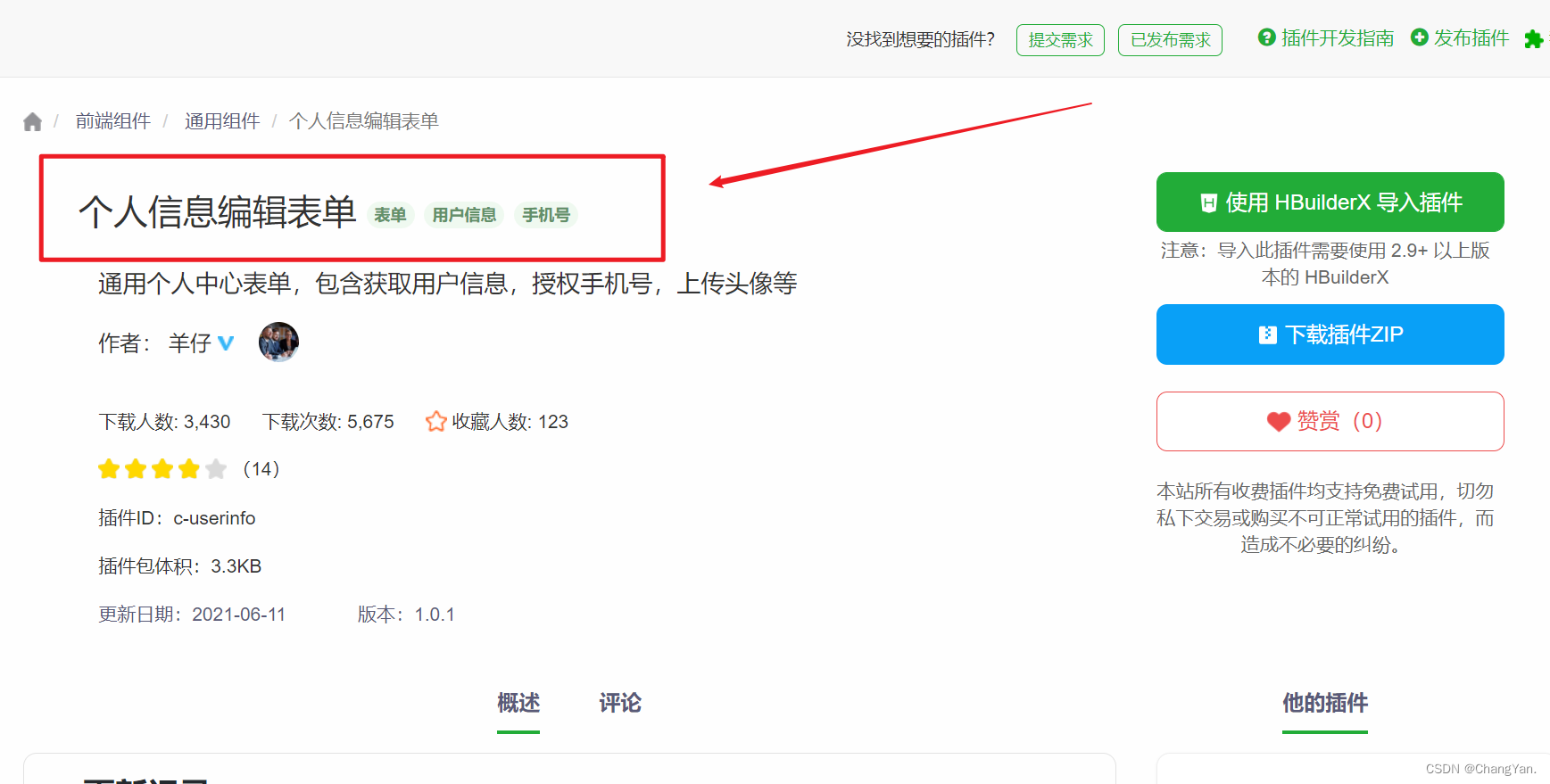
Uniapp uploads and displays avatars locally, and converts avatars into Base64 format and stores them in MySQL database
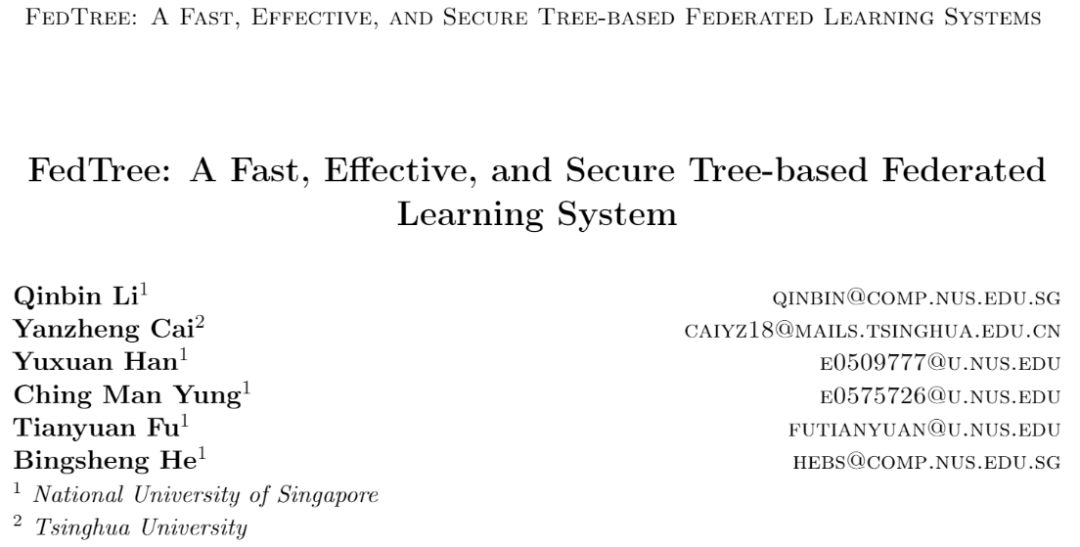
Designed for decision tree, the National University of Singapore and Tsinghua University jointly proposed a fast and safe federal learning system
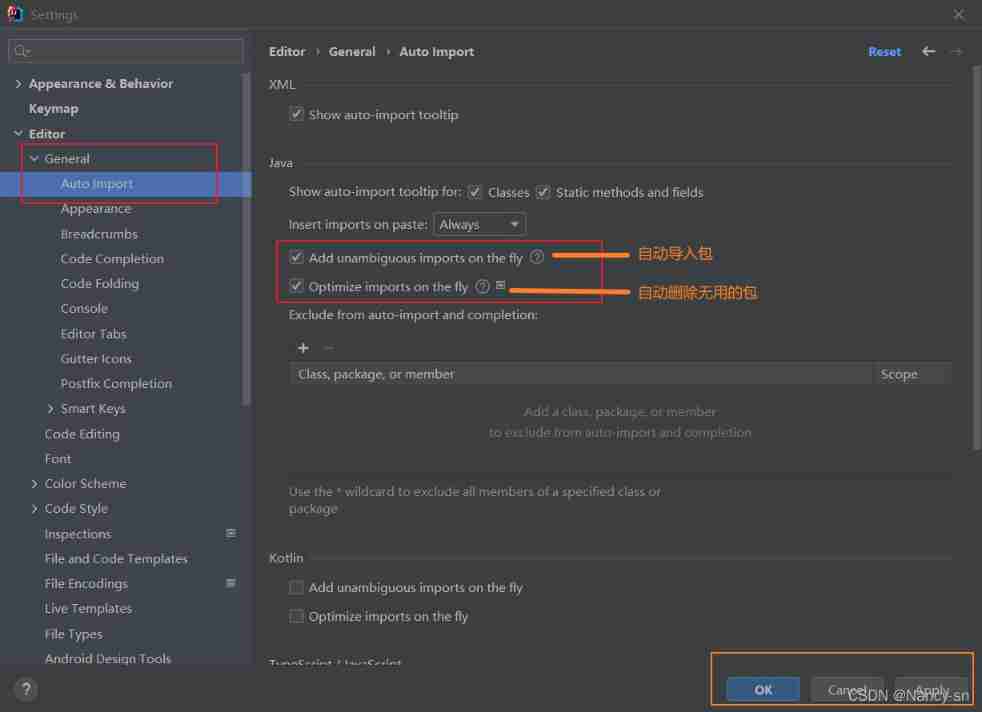
Idea automatically imports and deletes package settings
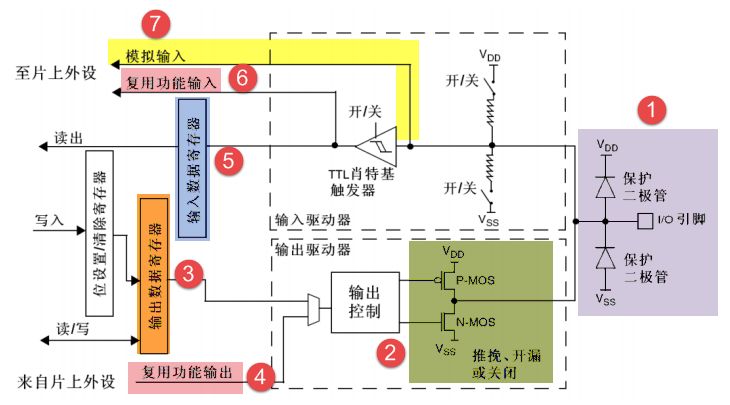
Introduction au GPIO

Introduction to GPIO
随机推荐
Core knowledge of distributed cache
Typescript incremental compilation
Personal digestion of DDD
ldap创建公司组织、人员
What is AVL tree?
Understand the misunderstanding of programmers: Chinese programmers in the eyes of Western programmers
Idea automatically imports and deletes package settings
What is web penetration testing_ Infiltration practice
陀螺仪的工作原理
@TableId can‘t more than one in Class: “com.example.CloseContactSearcher.entity.Activity“.
Designed for decision tree, the National University of Singapore and Tsinghua University jointly proposed a fast and safe federal learning system
Interface master v3.9, API low code development tool, build your interface service platform immediately
dynamic programming
微信小程序uploadfile服务器,微信小程序之wx.uploadFile[通俗易懂]
【自动化测试框架】关于unittest你需要知道的事
Devops can help reduce technology debt in ten ways
Command line kills window process
华为mate8电池价格_华为mate8换电池后充电巨慢
【CVPR 2022】半监督目标检测:Dense Learning based Semi-Supervised Object Detection
St table